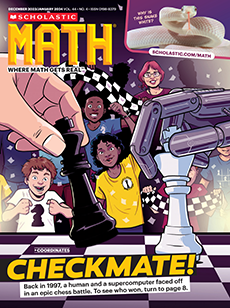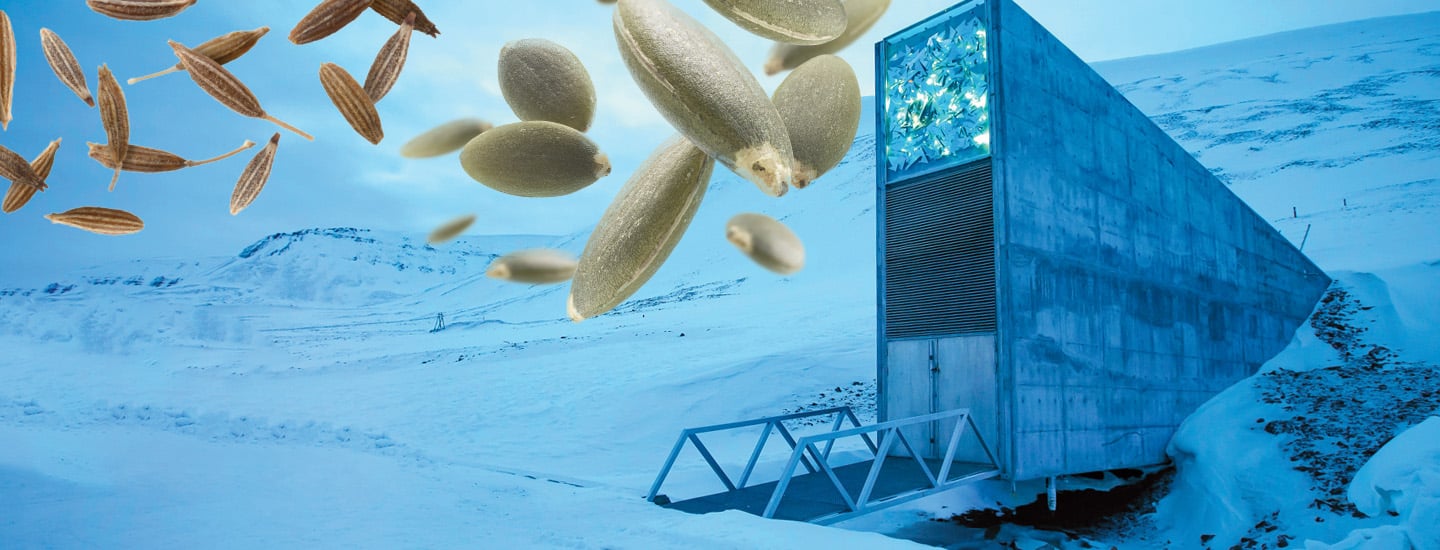Jim McMahon/Mapman
About 700 miles from the North Pole, a lone structure sticks out of a mountain on the icy island of Svalbard in Norway. The entrance glows with colorful lights. Buried deep inside the mountain, millions of seeds are stored. The seeds are kept at a frigid -0.4 degrees Fahrenheit, which will preserve them for decades, if not longer. This unique building is called the Global Seed Vault. It safeguards the world’s food supply—and its cultural traditions in the form of crops.
Wildfires, floods, wars, and plant diseases can destroy farmland and wipe out food crops. The Global Seed Vault “ensures that should any disaster happen, countries can go back and get ahold of their seeds,” says Feather Smith, a biologist for the Cherokee Nation. Part of Smith’s job is to grow, restore, and preserve crops important to the Cherokee. Because of her team’s efforts, the Cherokee Nation recently became the first tribe in the U.S. to store seeds in the Global Seed Vault.
Welcome to Svalbard, Norway. This icy island is about 700 miles from the North Pole. On it, a lone structure sticks out of a mountain. The entrance glows with colorful lights. This building is called the Global Seed Vault. Millions of seeds are stored deep inside. They’re kept at -0.4 degrees Fahrenheit. The cold will preserve the seeds for decades—if not longer. The Seed Vault protects the world’s food supply. It also preserves crops that are important to cultures around the world.
Wildfires, floods, wars, and plant diseases can destroy farmland. Sometimes they’re bad enough to wipe out entire crops. The Global Seed Vault gives farmers a chance to start over. If a disaster happens, “countries can go back and get ahold of their seeds,” says Feather Smith. Smith is a biologist for the Cherokee Nation. Part of her job is to preserve important Cherokee crops. Her team recently began storing seeds in the Global Seed Vault. That makes the Cherokee Nation the first tribe in the U.S. to do so.

